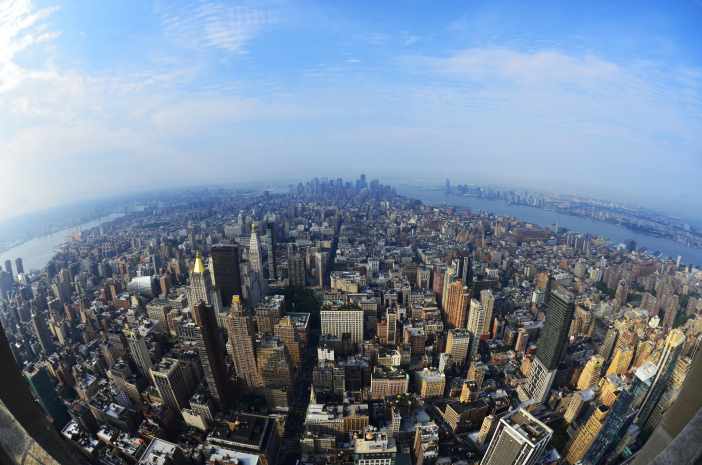
The other day, I wrote a blog post about an inebriated woman who died after crashing her bike. I came across this story at an out-of-state local news site. The woman in question was portrayed as an irresponsible, helmetless cyclist up until the end of the news article, at which time, the author mentioned that her driver’s license had been revoked.
In my post, I pointed out the author’s obvious bias against cyclists. He saw her as a cyclist, not as an alcoholic, just because the woman was on a bicycle. And for this reason, he painted all cyclists with a broad brush, rather than viewing this woman as someone who suffered from an addiction which prevented her from driving a car.
One of my readers left a comment on that post about communities where regular bike riders were viewed as people whose license had been suspended. This was particularly true if they were dressed in street attire or rode utilitarian bikes, as opposed to recreational or expensive bikes.
The commenter asserted that such a bias was already embedded in our culture. This is true. In lower income areas, for instance, cycling is often associated with not having a driver’s license. Bike riding isn’t a normal part of the culture in those communities.
More affluent communities are seen differently. There, even people who ride a bike because they have lost their license are perceived as progressive and environmentally conscious. Few observers will view their riding as anything other than a choice. Such an observation is nothing more than an assumption, just as believing that lower income bikers are only riding because they can’t drive is an assumption.
On this blog, I have written frequently about bias against cyclists. It comes in many forms. Some of it is related to beliefs about socioeconomic status. Some of it is related to resentment. And some of it is related to blind hatred of anyone who is different from oneself.
All of the biases above share one thing in common: they regard cyclists as a class of people. Yet bias against cyclists can be based on beliefs about the individual riding the bike. In a subtle way, it takes the form of non-cycling biases and transplants them onto a cyclist. These biases are not about cycling itself; they are about who the observers think the cyclist is.
We don’t know enough about the socioeconomic status of the woman in the article to draw any conclusions about the role this may have played in her portrayal. Perhaps more familiarity with the area where she was riding could provide a clue to her status. Without this information we can only speculate.
Even if we don’t know anything about the area, we can see that the article’s author made assumptions about the woman which placed her in a category of people who only ride bikes out of necessity. In doing so, he downgraded her social status both as a woman and as a cyclist.
Locations often diminish people. Cyclists are no different. Where they ride has a lot to do with who they are perceived to be and how they will be treated.
Some communities are more tolerant of cyclists. Valuing exercise and a desire to protect the environment may be the source of this tolerance. In such cases, cycling is not seen as a necessity, but as an activity engaged in on principle. A view of this sort would hold true even if a cyclist had lost his or her license or if certain cyclists were from a less affluent community and could not afford to drive a car.
In order to make cycling more mainstream, location bias must be addressed. Cycling should not have different connotations depending upon where a cyclist is riding. Riding a bike should become equally natural in lower, middle and upper income communities. It should be seen as a valid option for getting from one location to another either for recreation or for transportation.
Despite the progress cyclists have made in obtaining rights and infrastructure, cultural acceptance still lags behind. Bikes are still associated with low socioeconomic status, cyclists who ride in street clothes or have utilitarian bikes may be perceived as irresponsible — and even as lawbreakers who have lost their license for driving while intoxicated — and cyclists wearing high-tech cycling gear and riding expensive bicycles are perceived as elitists who ride bikes as a hobby.
As real estate experts are fond of telling us: location is everything. For them, location is about residing near things of value, things that enhance one’s quality of life.
For the rest of us, location is also important, but for a different reason: it tells people who we are — or who they think we ought to be. Someday, perhaps, people will learn not to stereotype others. In the meantime, cyclists will have to travel a difficult road, facing prejudice from societal biases and personal prejudices. Confronting these biases may seem like a daunting task, but in the end, cycling may prove to be a means of changing opinions about who people are and why they engage in certain activities. As cycling becomes more widely adopted across communities, it may unwittingly find itself playing a role in reducing location bias in society.



